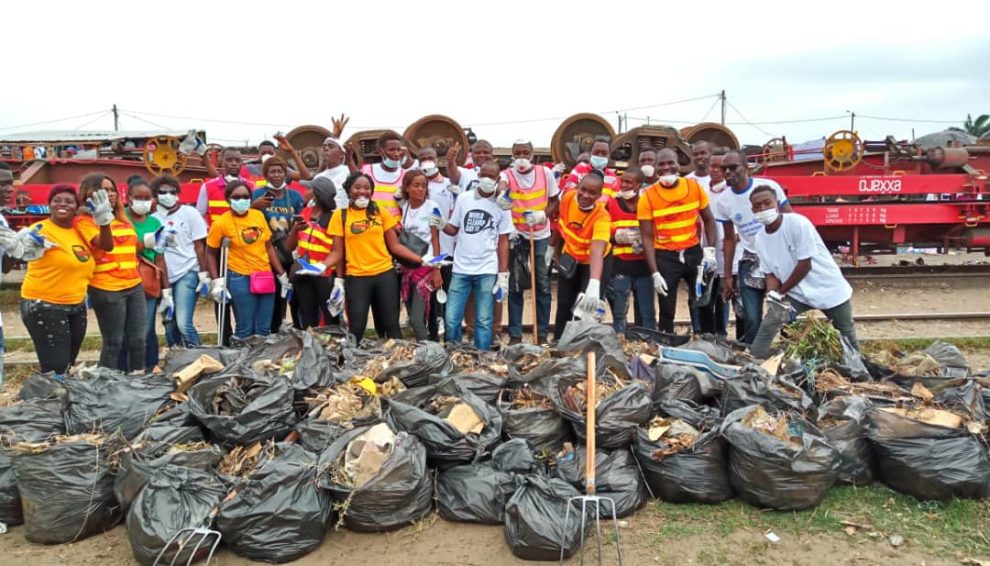
29.11.2018

Let’s Do It! is a civic movement that started in Estonia in 2008. In that year, more than 50 000 people united their forces to clean the entire country in five hours. Ten years later, on 15 September 2018, Let’s Do It! World was organized, bringing forth millions of people to join the cleaning efforts.
Let’s Do It! (Estonian Teeme ära!) is the biggest civic movement in history. As a part of the EV100 programme, it was presented as a gift from Estonians to the rest of the world to celebrate our 100th anniversary. In 24 hours, at least 17 million people from 158 countries helped to clean the Earth.
Heidi Solba, the woman leading the world’s clean-up networks, explains that this movement means much more than merely cleaning: “Our goal is to influence the habits of the people of the world, the production chains of businesses and the legislation that would contribute to creating a trash-free world and maintaining it. We are the catalysts pushing the world towards cleaning it up and practical activities are the main way to change people.”
After cleaning the world, the next step would be implementing the Keep It Clean plan. This is the cream of the crop of best practices from all across the world. In this plan, the advice is divided between sectors, i.e. private persons, waste management companies and governments. Its aim is to provide advice on transitioning to circular economy and becoming waste-free.
She presents an example – the Bali island is very tourism oriented, but the sea around it is so thoroughly littered with trash that snorkelers tend to encounter diapers gently floating in the water and, consequently, in their faces. “I think that neither the surfers nor the snorkelers have any desire to go back there. However, the waste problems of each country are actually the problems of the entire world – the trash around Bali is not created in Indonesia only,” explains Heidi.
If we could implement the Keep It Clean Plan, then everybody would win from this. The benefits would be most obvious to ordinary people whose health would improve. This would also provide some boons to the business sector with regards to the circular economy, innovative packaging industry and waste management. And finally, the states, too, would see gains, since pristine nature attracts tourists and clean environment means less money spent on healthcare costs.
Website: Let’s Do It World
Photo: Let’s Do It World, Liberia
We are all in this together. The Agenda, with its 17 Sustainable Development Goals, is universal and calls for action by all countries, both developed countries and developing countries, to ensure no one is left behind. We will need to mobilize both existing and additional resources—technology development, financial resources, capacity building— and developed countries will need to fulfill their official development assistance commitments.
A successful sustainable development agenda requires partnerships between governments, the private sector and civil society. These inclusive partnerships built upon principles and values, a shared vision, and shared goals that place people and the planet at the centre, are needed at the global, regional, national and local level.
The Sustainable Development Goals are the blueprint to achieve a better and more sustainable future for all.
Read more about SDG 17 – Partnerships
This publication has been produced with the financial support from the Nordic Council of Ministers. The content of this publication is the sole responsibility of the coordinators of this project and do not necessarily reflect the views or policies of the Nordic Council of Ministers.
Kommentaarid